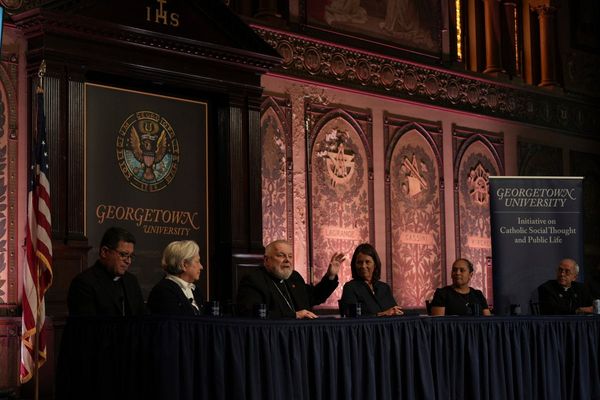India’s aviation regulator has reportedly flagged dozens of safety lapses in an audit of Air India’s operations in the wake of last month’s deadly crash.
An Air India Boeing 787 plane crashed into a medical college campus in the western Indian city of Ahmedabad shortly after taking off for London on 12 June, killing all but one of the 242 people onboard, including 53 Britons. At least 19 people also died on the ground.
The disaster triggered unprecedented checks of Boeing planes across airlines.
The audit is reportedly an annual exercise not related to the crash as such but comes at a time when the Indian airline is facing intense scrutiny over its operations, according to Reuters.
The confidential report of the audit by the Directorate General of Civil Aviation runs into 11 pages and notes as many as seven significant "Level I" breaches that need to be fixed by 30 July and 44 non-compliances that must be resolved by 23 August, Reuters reported.
The regulator found "recurrent training gaps" for some unspecified Boeing 787 and 777 pilots, use of unapproved simulators and a poor rostering system, Reuters reported.
The pilots had not completed their monitoring duties where they would not fly but observe the functioning of instruments in the cockpit ahead of mandatory periodic evaluations.

Flagging operational and safety risks, the report noted that Air India did not do "proper route assessments" for some Category C airports – which might have challenging layouts or terrain– and conducted training for such airfields with simulators that did not meet qualification standards.
"This may account to non-consideration of safety risks during approaches to challenging airports," the report pointed out.
Air India told Reuters it was "fully transparent" during the audit and that it would "submit our response to the regulator within the stipulated time frame, along with the details of the corrective actions".
A preliminary investigation report on the crash released earlier this month revealed that the Boeing 787 Dreamliner’s fuel switches had almost simultaneously flipped from “run” position to “cutoff” three seconds after takeoff. It said that one pilot had asked the other why he had cut off the fuel. "The other pilot responded that he did not do so," the report said, referring to a conversation captured on the cockpit voice recorder.
At the crash site, however, both fuel switches were found in the “run” position. The report noted there had been indications of the engines relighting before the low-altitude crash.
The DGCA has often flagged concerns about Air India pilots breaching the limits of their flight duty periods and the audit report said an AI-787 Milan-New Delhi flight last month exceeded the limit by 2 hours and 18 minutes, calling it a "Level I" non-compliance.
It also criticised the airline's rostering system, which it said "doesn't give a hard alert" if a minimum number of crew members were not being deployed on a flight, adding that at least four international flights had flown with insufficient cabin crew.
The airline, owned by the Tata Group, is already facing warning notices for running aircraft without checking emergency equipment, not changing engine parts in time and forging records, along with lapses related to crew fatigue management.
Air India was ranked the worst airline for flight delays in the UK, where its departures were, on an average, just under 46 minutes behind schedule in 2024, according to an analysis of Civil Aviation Authority data by the PA news agency published in May.
The Independent has reached out to Air India for comment.
Mother of British Air India crash victim shares agony over ‘appalling’ body mix-up
Fire breaks out on Air India’s flight from Hong Kong after landing in Delhi
Air India says no issues found in checks of fuel switches as attention turns to pilot
Air India plane skids and damages runway after reports of three burst tyres
Trump says ‘friend’ India will face 25% tariffs ‘plus a penalty’ over Russia ties
Indian nurse Nimisha Priya’s execution cancelled in Yemen, cleric says







